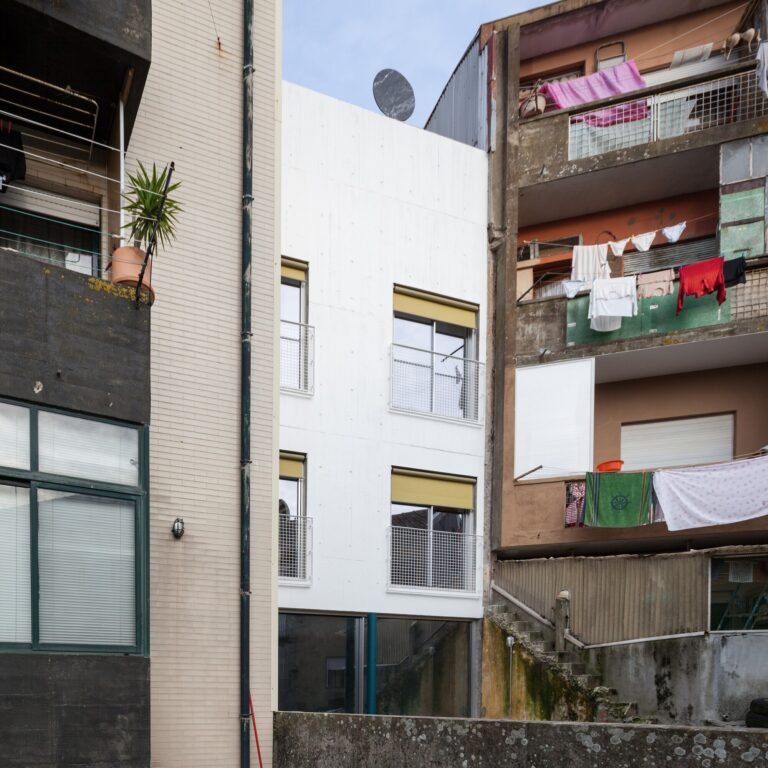Meet the Next Generation of Bay Area Landscape Designers
Pine House Edible Gardens
Armed with a quiver of prestigious degrees, Leslie Bennett began her career in the fields of environmental justice, land-use and cultural-property law, and preservation. Then she decided it was time to get her hands dirty. “I felt useless being a super-wonky desk worker,” Bennett recalls. “I wanted to reconnect to the land.” So she set off on a journey into the world of organic farming, apprenticing at operations on both sides of the Atlantic. After returning to her native Northern California, Bennett launched her garden enterprise in Oakland in 2010 with a mission to bring the wonders of green space to urban dwellers of various backgrounds. The firm’s equity pricing structure provides small subsidies for clients with historically limited access to the kind of private urban oases that are the stock-in-trade of most landscape design operations. “We see gardens as spaces of opportunity and uplift, spaces where people can tap into their ancestral cultures,” says Bennett, who has translated that philosophy into projects across the Bay Area, including Black Sanctuary Gardens—an arts initiative focused on creating natural refuges in collaboration with Black women and Black communities in and around Oakland. In Bennett’s words, “It’s about awesome Black women being fabulous in their fabulous gardens.” pinehouseediblegardens.com
Daniel Nolan Design
Daniel Nolan describes his entrée into the world of landscape design as a “focused stumble,” beginning with his art school days in Los Angeles, when he first discovered his green thumb. His true master class in plant identification and selection came during a nearly decade-long tenure at Flora Grubb Gardens, the venerable San Francisco emporium for all things horticultural. “I’m fascinated by both the artistry and the biology of the garden,” says Nolan, who opened his namesake design practice in 2018 and has gone on to create magical landscapes for a broad range of private residences and commercial clients, among them Kistler Vineyards in Sonoma and Napa’s Clos Pegase winery. “My taste is not very flowery or complicated,” he says of his approach, which balances lush, expressive plantings with clearly articulated, minimalist hardscapes. “My intention is always to be drought tolerant,” he continues, affirming his abiding interest in the theme of his 2018 book, Dry Gardens: High Style for Low Water Gardens. “In the end, the work is always about creating spaces for meditation, repose, and joy.” danielnolandesign.com


